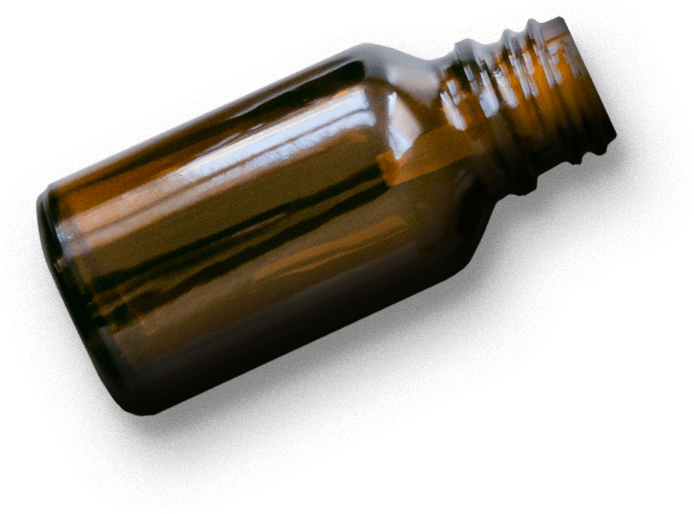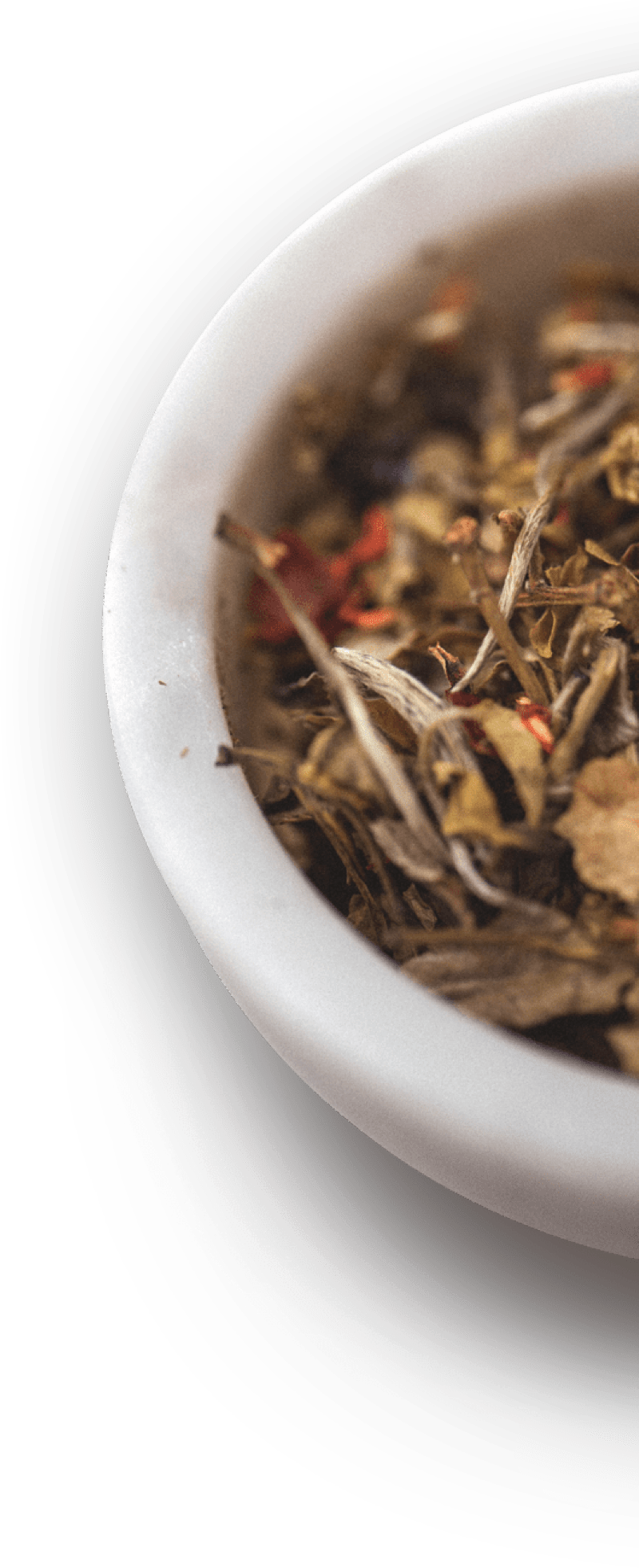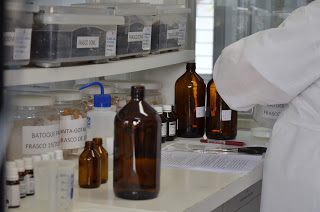
High-dilution pharmacology is emerging as a pioneer in the domain of nanomedicine and is providing greater plausibility to homeopathy. Pharmacokinetics is dedicated to the fate of substances administered to a living organism. Pharmacodynamics studies the effects of these substances on the body.
Highly diluted medications are harder for the pharmacokinetic investigation, due to the lack of analytical methods having enough sensitivity. Pharmacodynamic effects of homeopathic remedies have been proven in several dozens of animals and in vitro laboratory studies, showing signals of amplification mechanisms at the cell level.
It is not necessary to involve many receptors to have a strong effect. Receptor triggering or modulation could also be physicochemical (heat, radiation, vibration, sound waves, or particular structures of water or solvent).
The membrane potential is a source of electromagnetic noise generated by continuous vibrations of charges and molecular bonds, and by fluctuations in the dynamics of ion channels.
The lipid-water interfaces are transition regions with a very refined electrical structure, and highly sensitive to electric fields so that even the slightest change in their electrical properties has an impact on the structure-function of proteins in the same membrane.
As we discussed in another post (Epigenetics) the study of cell biology has shown us that it all starts at the cell membrane, which through small changes (exposure of a positive or negative signal) can open or close channels, altering the whole physiology.
There is no single unitary explanation for the action of HDs on the organism, however, an accumulation of evidence from various fields of science is building up a conceivable and plausible picture, in which biophysics is integrated with molecular biology and system biology.
The importance of water to living processes derives not only from its ability to form hydrogen bonds with other water molecules but especially from its capacity to interact with various types of biological molecules. Protein binding to specific DNA sequences is a key element in various biological functions related to the processing of genetic information by regulating transcription, replication, and recombination.
The structure and energetics of water at the protein- DNA interface show that water distributions exhibit sequence-dependent variations, suggesting that interfacial waters can serve as a ‘‘hydration fingerprint’’ of a given DNA sequence.
If you want to know more, I suggest reading a good revision made by Paolo Bellavite et al., Homeopathy 103 (2014), pp. 22-43 DOI: 10.1016/j.homp.2013.08.002. In this post, I repeat many ideas from them.
Dorly de Freitas Buchi











